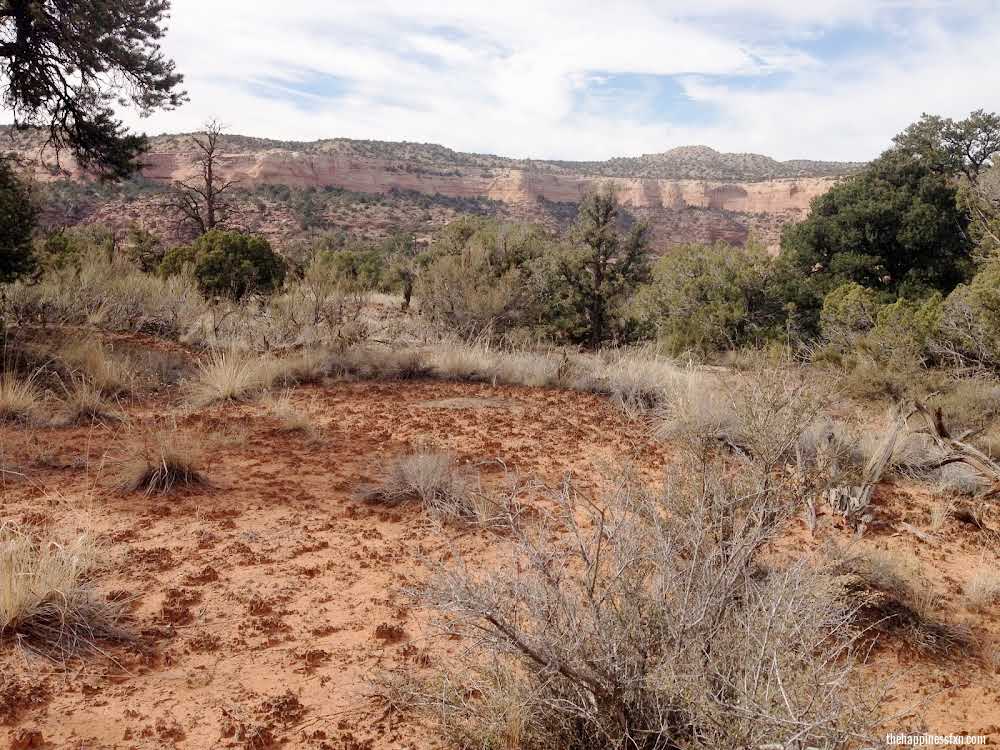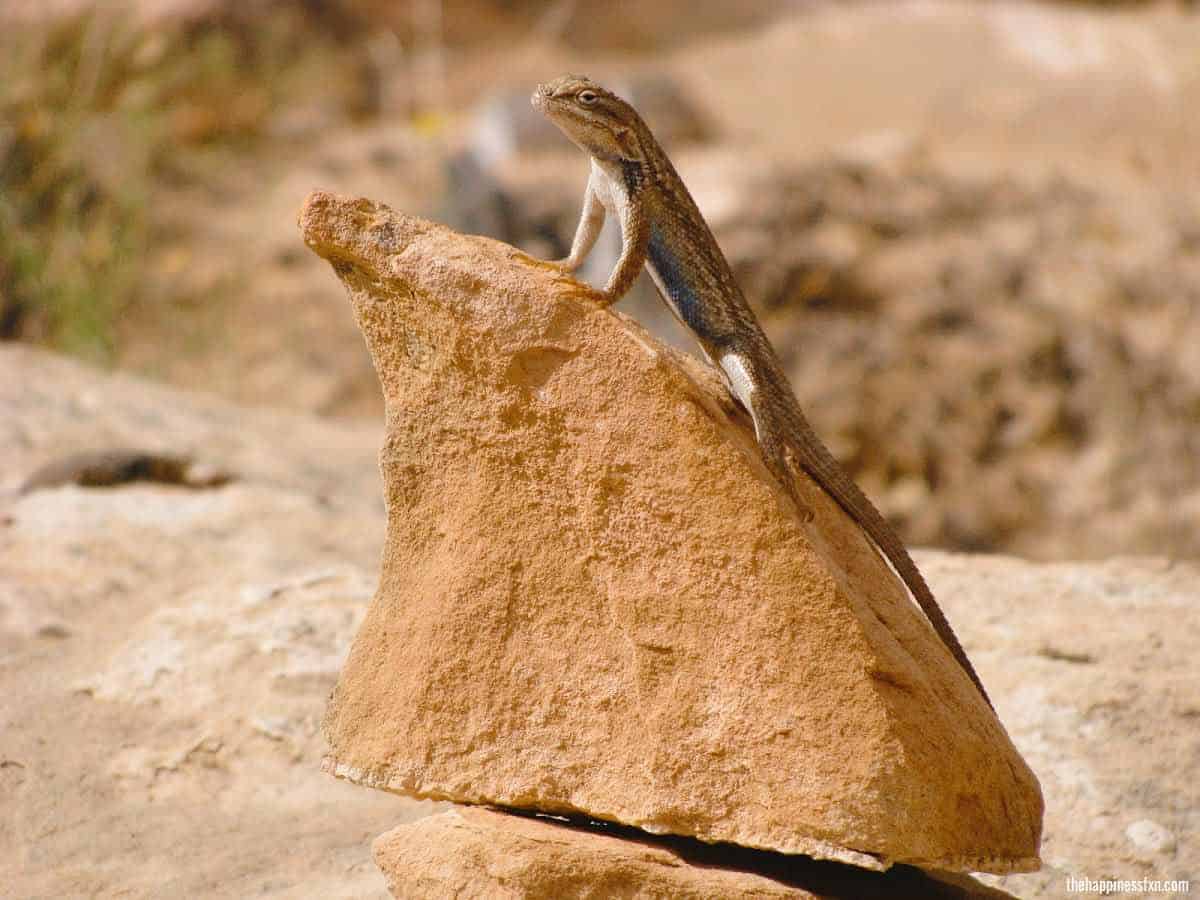Environmental Stewardship
Our mission is not only inspiring happiness through travel and outdoor recreation in the U.S., but recreating responsibly and being stewards of the environment.
We want to help spread the word to recreate responsibly outdoors.
Keep reading for tips and tricks for practicing environmental stewardship outdoors as well as in everyday life to reduce your environmental impact.

What Is Environmental Stewardship?
Are you familiar with the term land ethics?
Land ethics refers to the relationship humans have with the land, plants, and animals.
Environmental stewardship promotes the responsible use and protection of the environment. Responsible use and protection of the environment is achieved through conservation and sustainable practices.
We are going to talk about some of these conservation and sustainable practices below.
How To Recreate Responsibly Outdoors
Everyone can recreate responsibly and be global stewards. It is easy.
Here is what you can do to recreate responsibly:
- Plan ahead
- Play it safe
- Know the area and what you plan on doing before you go on your trip
- Explore locally
- Leave No Trace
- Build an inclusive outdoors
- Practice social distancing during the pandemic
Read more from recreateresponsibly.org on how you can personally be an environmental steward.
Trail Etiquette While Hiking & Biking

New to hiking or biking on trails? Cool.
Do you know trail etiquette?
Basically, trail etiquette includes:
- Staying on the trail
- Bikers yield to hikers, when reasonable
- Hikers going uphill have the right-of-way
- Treat everyone you pass with respect
Check out this post from REI on Trail Etiquette and Who Has the Right of Way for more detailed information.
Why Everyone Should Stay on the Trail in the Desert

Going off-trail in the desert is not cool.
Did you know when recreating outdoors in the desert, it is crucial to stay on the trails so that hikers do not damage the biological soil crust?
Biological soil crust is alive.
It is composed of microorganisms that are critical to the desert ecosystem. It takes hundreds to thousands of years for the crust to establish and grow. Stay on the trails and help spread the word to others to not “bust the crust.”
Want to learn more about the desert crust? Read more from the National Park Service.
Stay on Designated Roads + Respect Private Property


Off-highway exploring and camping on public lands is super fun.
Read more about off-highway vehicle best practices on public lands from BLM and how to do it responsibly.
Rules of the Backcountry

Practice the 7 Principles from Leave No Trace while enjoying the outdoors without impacting the environment negatively.
The 7 Principles from Leave No Trace include:
- Disposing of human waste and trash property
- Leaving things found alone
- No touching/disturbing of artifacts, petroglyphs, pictographs, pottery, etc.
- Respecting wildlife and watching wildlife from a safe distance
- Being super careful when having campfires as well as being aware of fire restrictions
- Being considerate of other people recreating in the area
- Packing out all trash and waste
- Not being loud
How To Camp on Public Land
Are you interested in dispersed or primitive camping in the backcountry on public land?
Check out our article on about camping on public lands.
How To Use the Bathroom in the Backcountry
Do you know backcountry bathroom etiquette? It is an awkward topic to discuss, yet all living things excrete waste.
We all have to use the bathroom. So, let’s read more about it.
Backpacker.com has down-to-earth information on bathroom etiquette in the backcountry.
Plan ahead. Always a good idea to know before you go (literally).
There might not always be access to a bathroom. We carry wag bags on hand.
If You Have To Go #2 (poo)
- Dig a hole 6-8” with a stick, rock, or trowel – go #2 in the hole – cover up the hole completely when done
- If digging a hole isn’t an option, lift a rock, and when you’re done, cover the #2 back up with a rock
- Carry out toilet paper – always pack a disposable potty set (clean bag with clean TP and sanitizer + a separate TP waste bag)
- Use the bathroom 200 feet from the trail without damaging the surrounding environment. For example, if you see biological soil crust, find a place with no biological soil crust.
If You Have To Go #1 (pee)
- If you’re by a large body of water (e.g., rafting, SUP, kayaking), you can go directly in the water – pee gets diluted
- If by small bodies of water – go 200 feet away from the water source
- If in the woods – go where it makes sense
Other Bathroom Tips
- We also always pick up our dog poo and carry biodegradable baggies while camping and doing day-hikes for dog poop
- Scout for public restroom facilities – use them before or after
- Don’t put off using the bathroom; it actually can cause you to waste energy which can be critical if you’re doing really long hikes.
Backcountry Bathroom Products For Your Backpack
There might not always be access to a porta john.
Since everyone is free to use public lands, we all have to do our part to keep them pristine and extraordinary.
Because, I’ll just come out and say it – no one wants to see poo or toilet paper while hiking and camping — yikes!
Read more about disposing of human waste properly.
Backcountry Safety
Our safety is our own responsibility.
Are you interested in learning more about how to keep yourself, others, and the environment safe?
Read more about wilderness first responder training and where to do it from the National Outdoor Leadership School (NOLS).
Always let someone know where you are going and when you are coming back.
Know How To Read a Topo Map
When exploring the backcountry and new places, it is essential to know where you are going. Always have a map and know how to read it.
New to reading topo maps? No problem! Check out How to Read a Topo Map by REI.
If you aren’t sure if there will be cell phone reception where you are going, download hiking trails for offline use.
We like using All Trails. You can download hiking trails directly to your cellphone.
Spread the Word About Environmental Ethics

Spread the good word about environmental stewardship. We all have to do our part.
Help Spread the Word!
Please pin on Pinterest.

